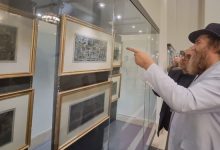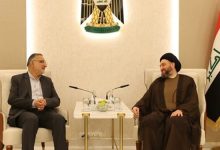From watching “The Altar of the Prophet (PBUH)” to “The place of Bilal’s call to prayer” / Pilgrimage to the Prophet’s Mosque with one click
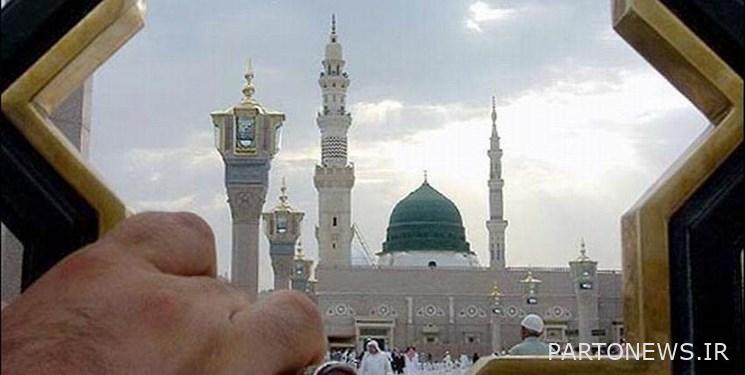
Life group: Masjid al-Nabi or Masjid al-Nabawi or Masjid al-Payambar is one of the three most important mosques of Muslims next to Masjid al-Haram and Al-Aqsa Mosque. Are.
Due to the spread of the corona virus and the circumstances that have temporarily limited the presence in religious places, you can visit the Prophet’s Mosque through cyberspace at the same time with the death of the Holy Prophet (PBUH), so it is enough to Here Click to enter the shrine area after a few seconds.
What do you see in virtual pilgrimage?
At the entrance, you will encounter the minaret of Bab al-Salam, which is located in the southwest corner and next to Bab al-Salam, and the greenness of the upper part of the minaret indicates the direction of the blessed head of the Prophet (PBUH).
From this door, you will reach the Holy Room. Here is a certain area from the east corner of the mosque, inside which is the holy shrine of the Holy Prophet (PBUH), the place of Gabriel and the altar of Hazrat Fatima (PBUH) and has an area of about 240 square meters. .
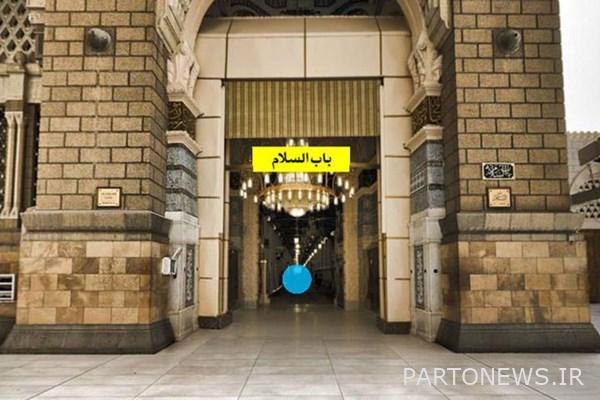
In this part, you will also see the “Wafood” column, which is one of the historical pillars of the mosque and attached to the holy shrine, and the meeting of the heads of tribes and groups and delegations of Wafood with the Prophet took place next to it.
Watching the call to prayer of Bilal and the altar of the Prophet (PBUH)
In the eastern wall of the mosque, right between Bab Baqiya and Bab Nisa, “Bab Jibril” is located and its entrance is in front of the shrine of Tahajjud in the north of Hazrat Zahra’s house.
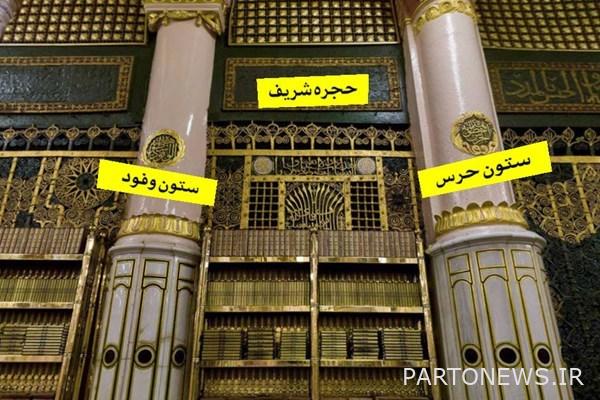
This altar is the place where tahajjud (night of resurrection) and the supererogatory nights of the Prophet were.
In the continuation of this virtual pilgrimage, you will reach the place of Bilal Adhan and the Altar of the Prophet, the historical place of Bilal Abyssinian Adhan in the beginning of Islam, on which even now the congregational prayers of the mosque stand.
The altar of the Prophet is also the place where the Prophet (PBUH) prayed, next to which is the pulpit of the Prophet, where the Prophet Muhammad (PBUH) recited sermons for the guidance of Muslims.
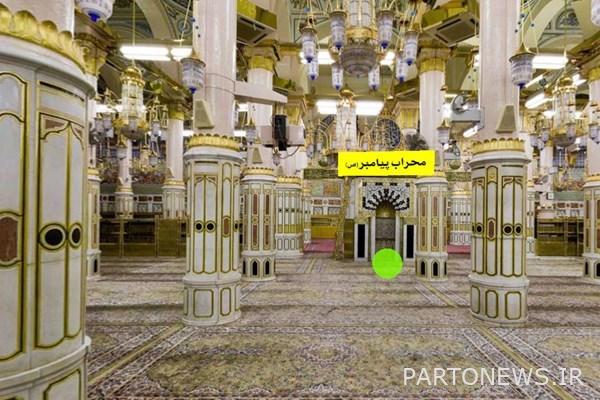
In the original buildings, the shrine of the Prophet was located outside the mosque, but later it joined the mosque and a pentagonal wall was built around it.
According to the narrations, the reason for choosing the pentagon was that it did not look like the Kaaba.
Mosque doors
In the written sources of sociology, the doors of Masjid al-Nabi have been discussed in detail, and from the first century AH to the contemporary era, the number of doors of the mosque has changed regularly. Qibla, this was closed and replaced in the north.
Another on the west side of the mosque is known as “Bab Ataka”, which is now known as “Bab al-Rahma”.
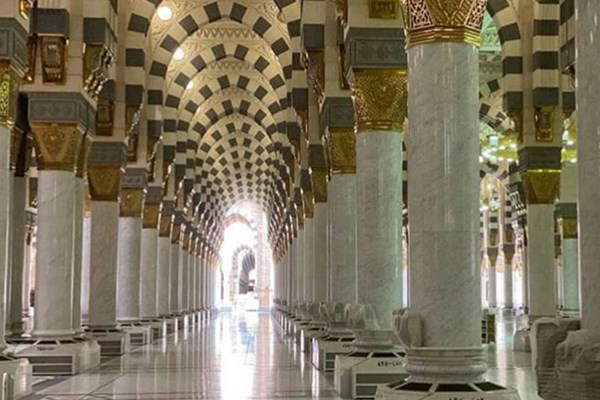
On the east side, known as Bab Uthman, Bab al-Nabi and Bab Jibril, because this door was facing the house of Uthman ibn Affan and the Prophet entered the mosque through this door, and Jibreel descended on this place on the day of the battle of Bani Qurayzah against the Prophet. These names have been applied to this chapter.
In various developments throughout history, doors were added to the mosque and sometimes some doors were closed, but now the mosque has about 86 doors.
End of message /
.
